Optimal Seasons for Foundation Repairs
Foundation repairs are essential for maintaining the stability and safety of a structure. The timing of repairs can influence the effectiveness and longevity of the work performed. Understanding seasonal and weather-related factors helps determine the optimal period for foundation work.
Spring offers moderate temperatures and stable ground conditions, making it an ideal time for foundation repairs. The soil is typically moist but not overly saturated, facilitating effective excavation and stabilization.
Summer provides longer daylight hours and warmer weather, but excessive heat and dry soil conditions can complicate repairs. Planning repairs during early summer can prevent delays caused by extreme heat.
Fall often presents cooler temperatures and less rainfall, creating favorable conditions for foundation work. Cooler weather reduces soil expansion and contraction, aiding in precise repairs.
Winter is generally less suitable due to freezing temperatures and frozen ground, which can hinder excavation and curing processes. However, in milder climates, winter repairs may still be feasible with proper precautions.
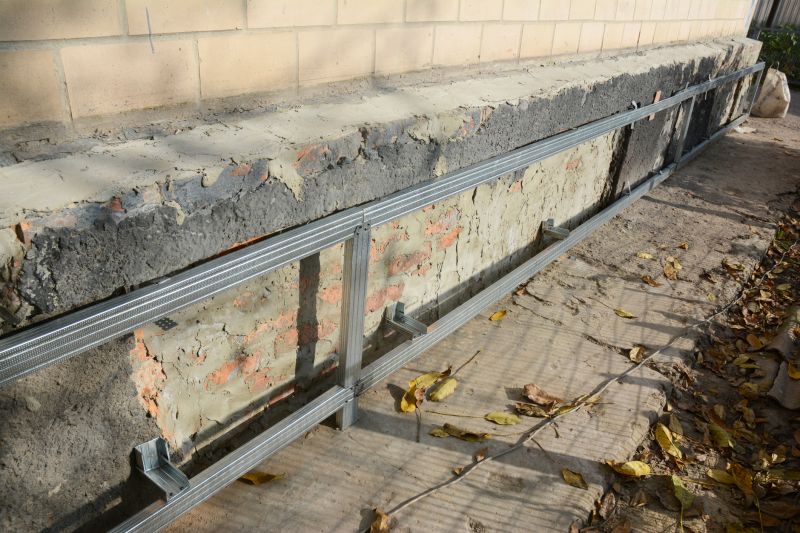
Springtime soil conditions support effective foundation stabilization.
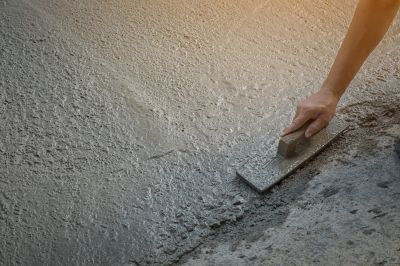
Warm weather can facilitate certain repair methods when soil moisture is adequate.

Cooler temperatures help ensure precise and lasting repairs.
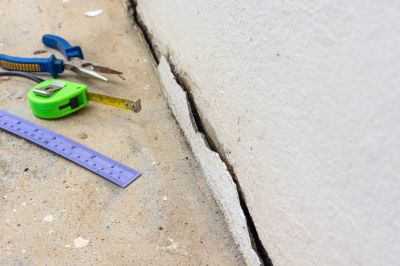
Ways to make Foundation Repairs work in tight or awkward layouts.
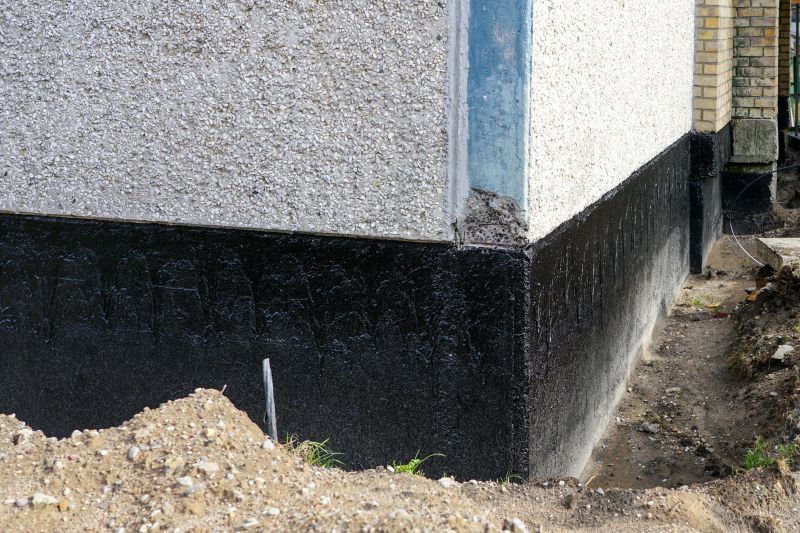
Popular materials for Foundation Repairs and why they hold up over time.
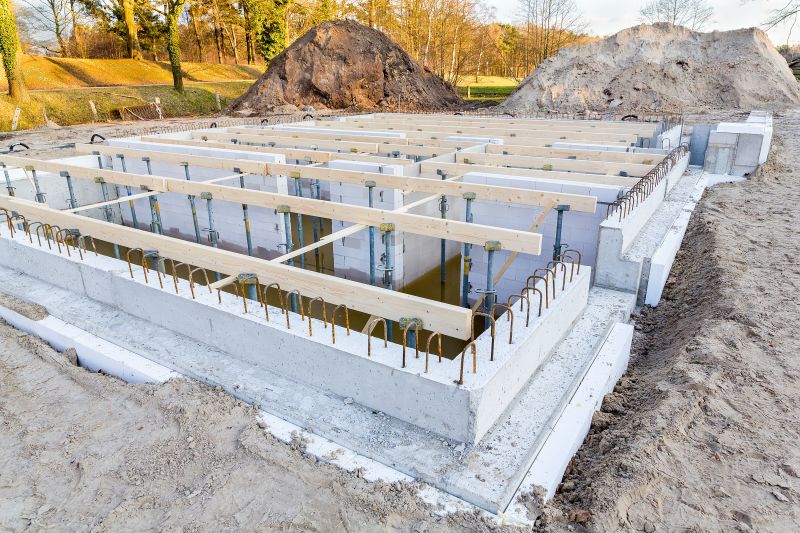
Simple add-ons that improve Foundation Repairs without blowing the budget.
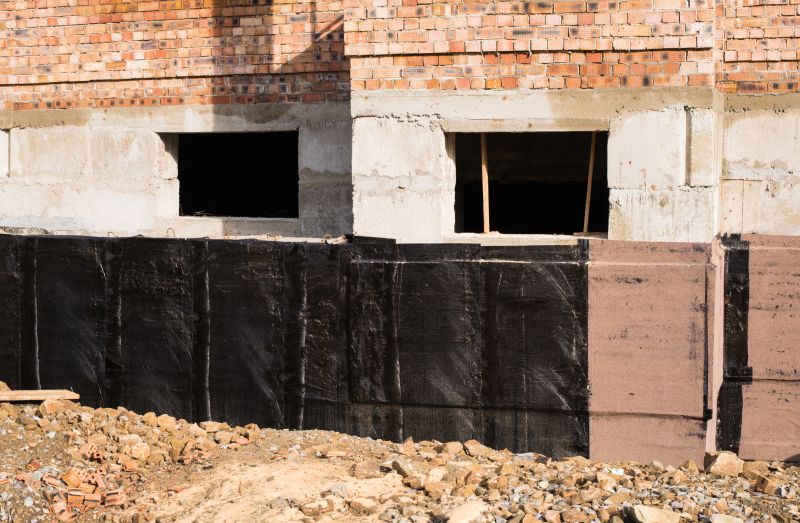
High-end options that actually feel worth it for Foundation Repairs.

Finishes and colors that play nicely with Foundation Repairs.
| Season | Suitability for Foundation Repairs |
|---|---|
| Spring | Highly suitable due to moderate temperatures and moist soil |
| Summer | Suitable with caution; avoid extreme heat |
| Fall | Ideal; cooler weather and less rain |
| Winter | Less suitable; freezing temperatures and frozen ground |
Foundation repairs involve addressing issues such as cracks, settling, and shifting that compromise structural integrity. Proper timing ensures that repairs are effective and durable. Seasonal conditions impact soil behavior, influencing the success of excavation, stabilization, and curing processes. Statistics indicate that foundation problems can lead to significant structural damage if not addressed promptly, with repair costs increasing as issues worsen. Planning repairs during optimal weather conditions minimizes disruptions and enhances long-term stability.
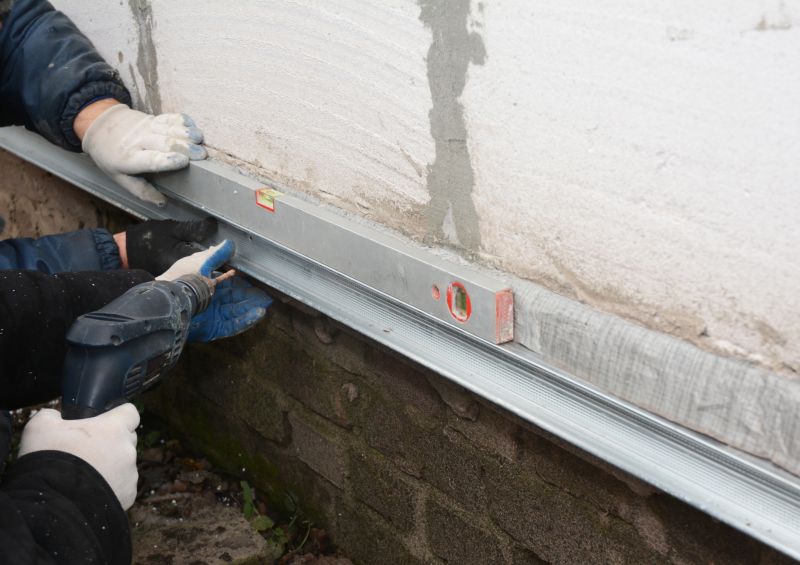
Visual overview of typical foundation stabilization methods.
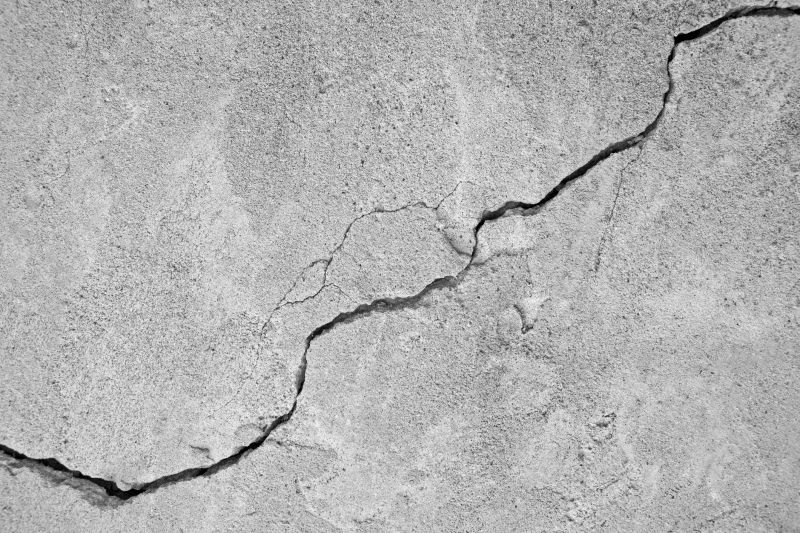
Sealing and reinforcing cracks to prevent further damage.
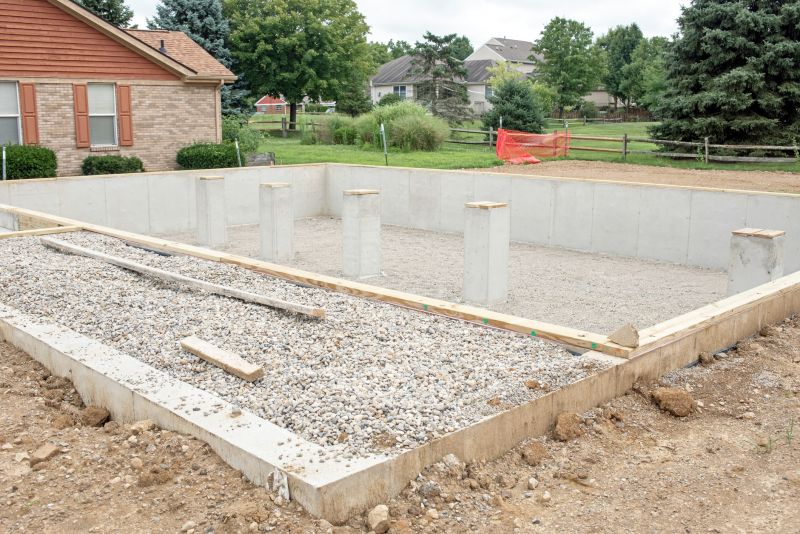
Techniques to improve soil support and prevent settling.
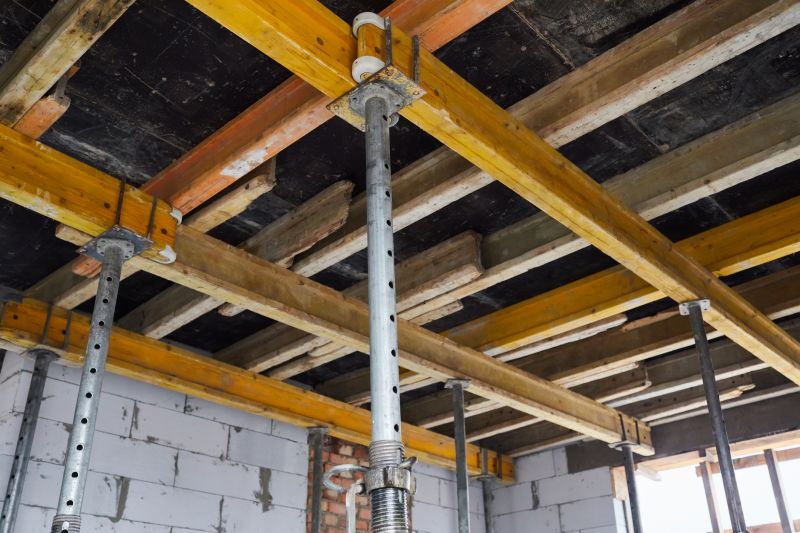
Methods for lifting and leveling affected structures.
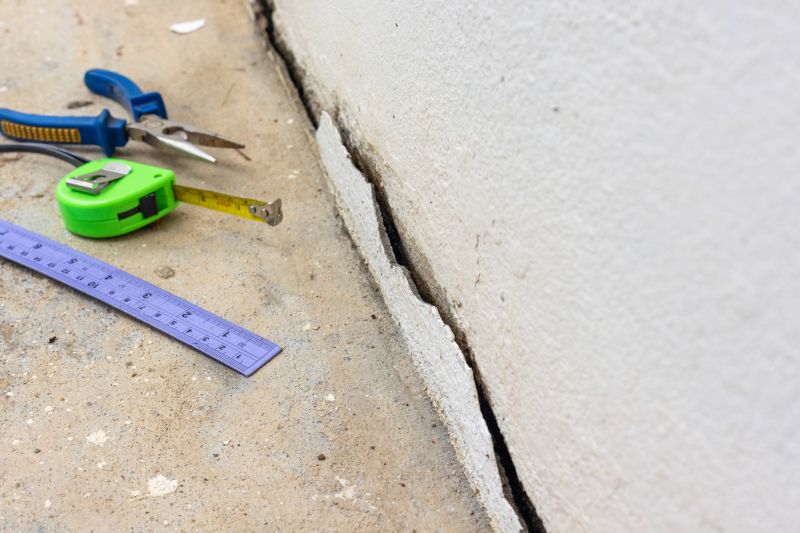
Little measurements that prevent headaches on Foundation Repairs day.

A 60-second routine that keeps Foundation Repairs looking new.
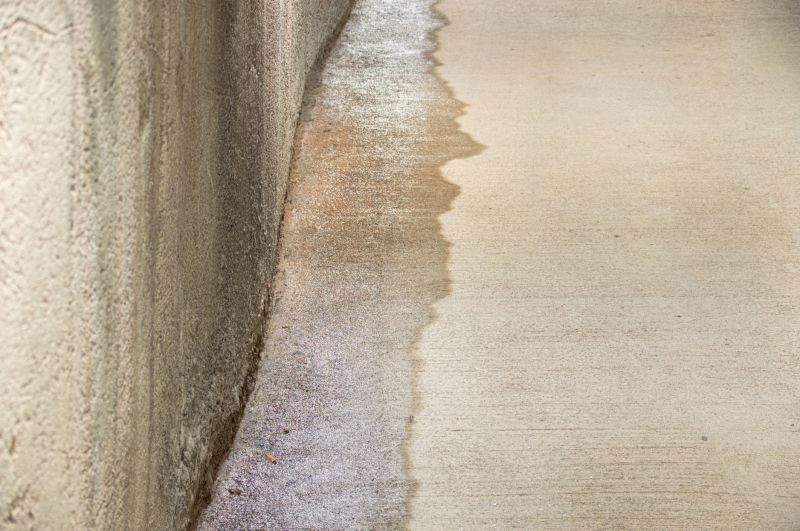
A frequent mistake in Foundation Repairs and how to dodge it.
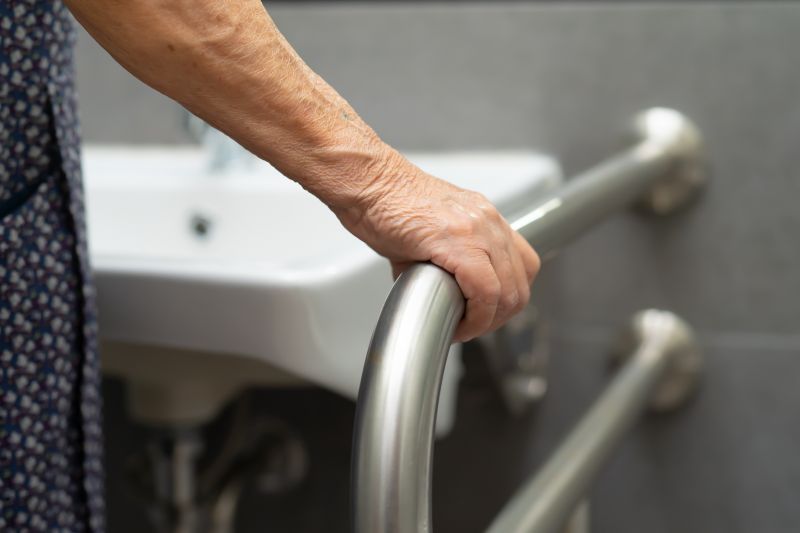
Small tweaks to make Foundation Repairs safer and easier to use.
Interested in foundation repairs? Filling out the contact form can provide more information on suitable timing and repair options tailored to specific conditions. Proper scheduling and expert assessment are key to ensuring the longevity and safety of a property’s foundation.

